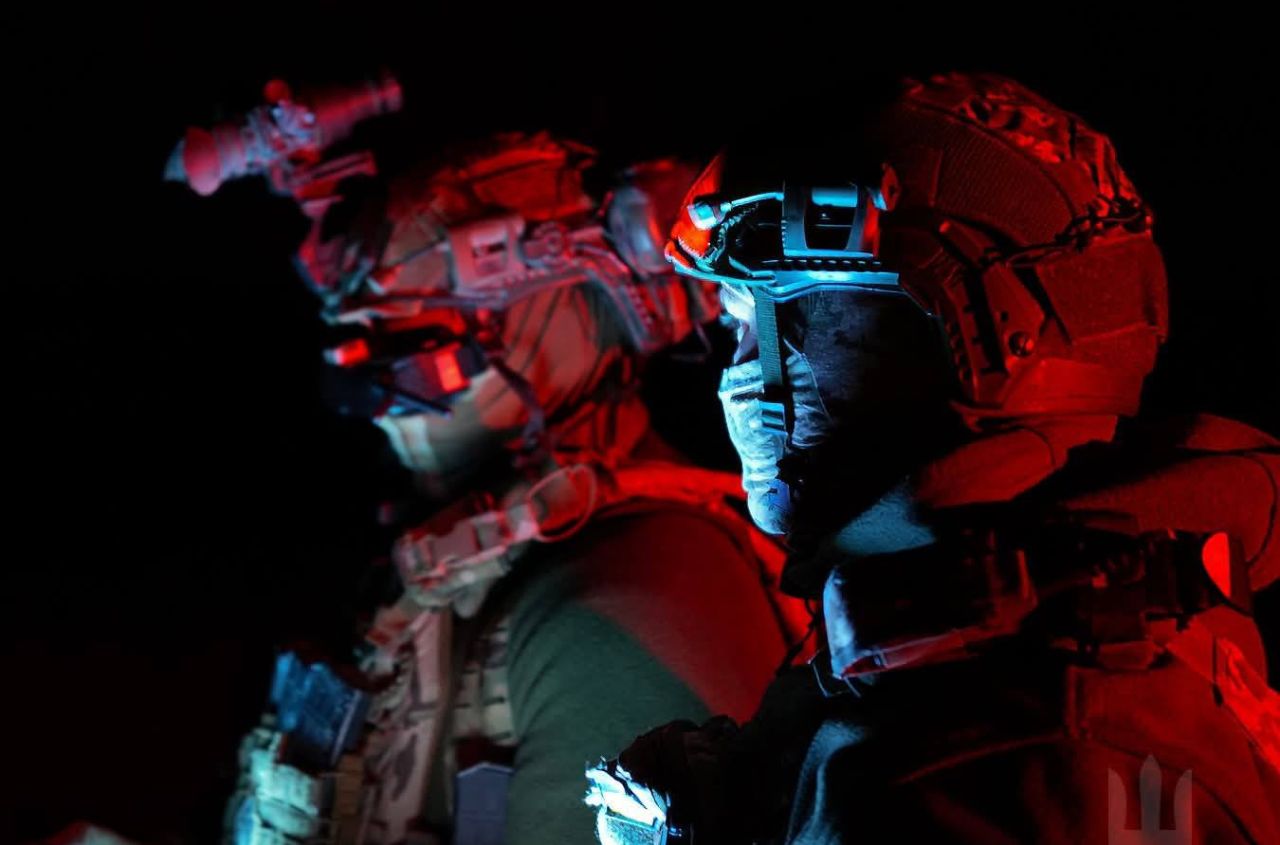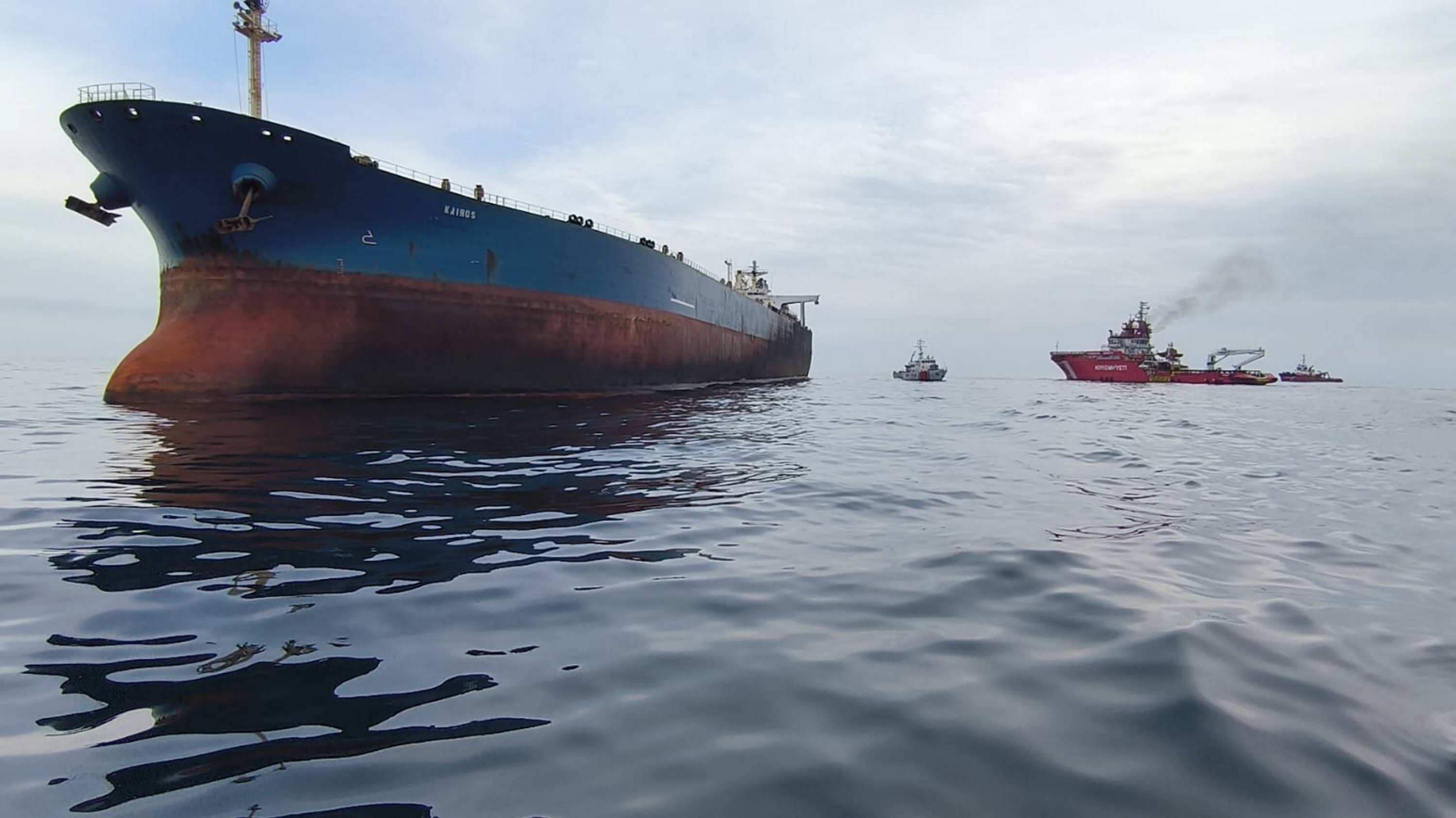Israel has attacked Iranian territory. The first waves of missile strikes were successful — both in terms of damaging nuclear facilities and in destroying parts of Iran’s air defense systems and eliminating a number of IRGC and Iranian Armed Forces commanders. Damage on this scale suggests something more than a one-off retaliatory strike. The conflict may drag on. Israel will hold its ground.
One could end the analysis here and, depending on sympathies toward the conflict's participants, assess the situation emotionally. Perhaps (given Ukraine’s internal political struggles) some will compare the actions of the Ukrainian and Israeli leaderships with various emotional undertones. That will happen. And is already happening.
I propose we focus on a different question — how will this affect us?
Scenario one: if the parties limit themselves to a short-term escalation.
This is the most acceptable scenario for us, as it doesn’t create new constraints on policymaking in Eastern Europe. At the same time, if Israel succeeds, it would diminish Iran’s military capabilities and influence in the Middle East and Africa.
Scenario two: a prolonged conflict.
This would mean that Israel and Iran exchange strikes for at least several weeks, with Iran trying to activate its regional partners. The worst-case sub-scenario here is the involvement of pro-Iranian groups in the confrontation.
Yemen’s participation is predictable. But, for example, Iraqi leadership held active consultations just yesterday with pro-Iranian militias — asking them not to attack American military bases in Iraq in the event of escalation.
For us, this means:
-
The Ukrainian agenda (as well as the topic of the Russian-Ukrainian war) will shift to the periphery of the global information field.
On one hand, this gives Ukraine more freedom when planning strikes deep into Russian territory (which it is already capable of doing). On the other hand, the same logic applies to Russia. In any case, an exchange of missile strikes between Israel and Iran will be — pardon the cynicism — more “attractive” for the media, and therefore more influential in shaping public opinion. -
U.S. attention will shift to the Middle East.
We already witnessed a “light” version of this during the beginning of Israel’s operation in the Gaza Strip. For Ukraine, this means:2.1 If the conflict escalates (e.g., the aforementioned Iraqi groups attack U.S. bases, or American naval forces in the Red Sea come under attack, or Iran strikes facilities in the Persian Gulf), the U.S. will be directly involved. This would push the Ukrainian issue even further to the margins of the political agenda. Unfortunately, a similar trend — albeit less rapidly — would be observed among several of our European partners as well.
- Less pressure from Trump in the coming months regarding compromises with Russia — he’ll be preoccupied.
- Reduced volumes of military supplies. A typical example: the 20,000 missiles whose diversion to the “Middle East” prompted an outcry from President Zelensky. This stockpile may now be needed by Israel to destroy waves of Shahed drones flying toward its territory. However, that decision was made before the current escalation.
-
Rising oil prices.
We are already seeing the first spike. If the conflict drags on, prices won’t quickly bounce back. Rather, a new, higher price level will be established — influenced by the situation in the Persian Gulf and the activity of the Houthis in Yemen. This means that Russia will emerge from the period of declining oil and gas revenues. -
The rise in oil prices will naturally reduce the willingness of some of our partners to actively crack down on gray schemes used for exporting Russian hydrocarbons, since this cheap raw material becomes more attractive.
-
It is unlikely that arms trade between Russia and Iran will intensify.
Russia is currently using North Korean missiles for its attacks, while Iran has been pursuing a policy of stockpiling ammunition for more than six months. As for drones, production has long been established on Russian territory. Under conditions where both countries are at war, neither side is likely to agree to sell part of its own arsenal. However, technology exchange to support domestic production will most likely become more active.
In the medium term (3–6 months), a prolonged Israel–Iran conflict creates extremely dangerous political conditions for Ukraine. In particular:
Russia will attempt to “sell” its services as a mediator in conflict resolution efforts — primarily to the United States. And given Washington’s involvement in the Middle East process, Moscow will demand concessions in other areas.
Russia’s role as a potential hydrocarbon supplier will grow.
Once again, we return to the U.S.–Russia track and talk of “joint trade” in gas — possibly oil as well. For such business to work, the war in Ukraine would need to be frozen — at the cost of concessions from the Ukrainian side.
Iran’s active participation in the war against Israel affects Chinese interests.
Let’s not forget that the southern branch of the overland Belt and Road Initiative runs through Iran and Turkey. This route now becomes risky. Which, in turn, increases the relevance and importance of the northern corridor — through Russia.
War in Iran poses risks to the scaling up of the Turkish-Azerbaijani project to export Turkmen gas to the European market.
As a reminder: currently, around 5 billion cubic meters per year are transported via Iranian pipelines into the Turkish gas transmission system. A direct pipeline under the Caspian Sea is still just a proposal. Turkey may attempt to accelerate this project, but Russia will have every interest in slowing it down or sabotaging it completely.
What can Ukraine do?
-
Learn from Israel and Iran.
Specifically, focus on localizing weapons production within Ukrainian territory. In the context of diminishing aid packages, the only working strategy is to emphasize shared revenue — through joint weapons production inside Ukraine. -
Ensure a reliable and secure “political rear.”
Relations with neighboring countries become key to both stability and survival.
Currently:The key task in the coming weeks (not months) is to audit potential areas of conflict and develop measures to prevent them — as well as try to de-escalate already existing tensions.
There are challenges with Hungary and Slovakia.
The situation with Poland is difficult.
There is relative stability with Romania (at least until elections in Moldova).
-
With U.S. involvement decreasing, building strong partnerships with European countries becomes a priority.
In other words, we are entering a period of “Europeanization” of Ukrainian foreign policy. -
Seek additional partnerships.
A strengthened Russia after the war is clearly not in the interests of the Republic of Turkey. The Middle East conflict, and Russia’s strategic maneuvering around it, is already (!) creating additional risks for Turkey’s interests.
This means Ankara becomes another priority for diplomatic dialogue. -
Explore distant geopolitical directions.
As the structure of Ukraine’s external support transforms, Ukraine must take consistent steps toward building dialogue with BRICS countries, particularly China and India.
Notably, Turkey could serve as a mediator — at least on the Chinese track
These are the key points from a logical standpoint.



















